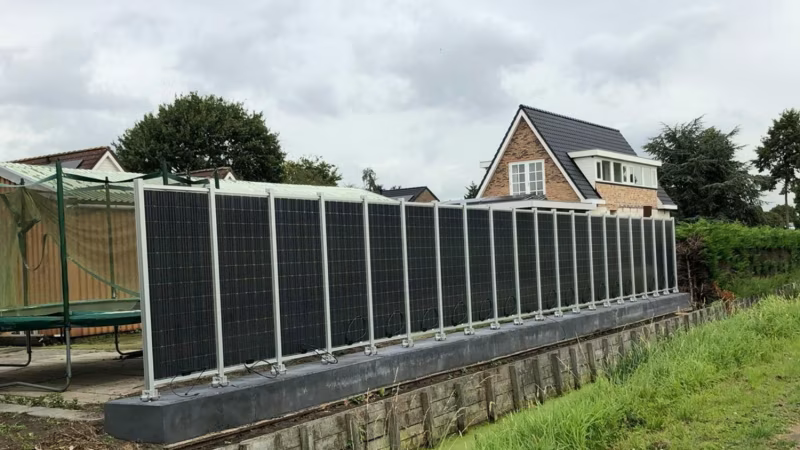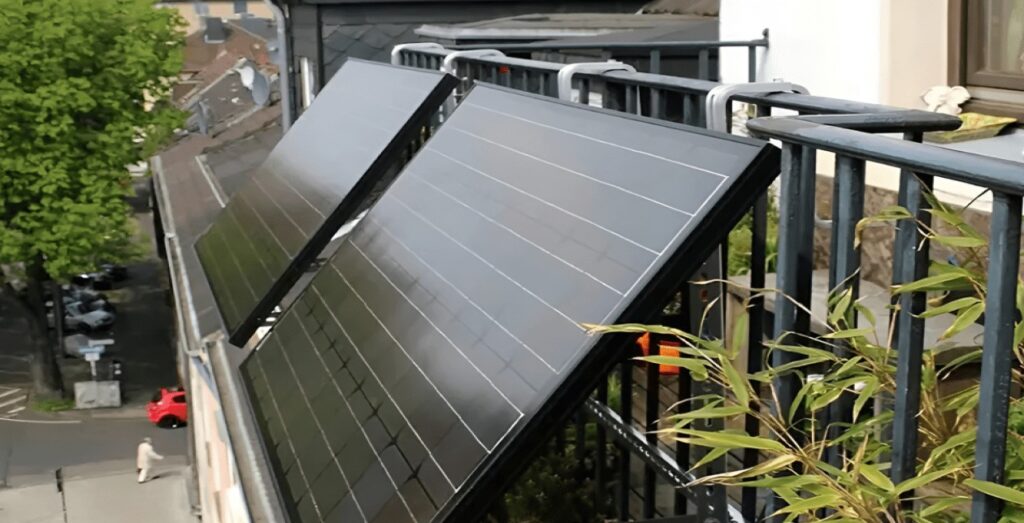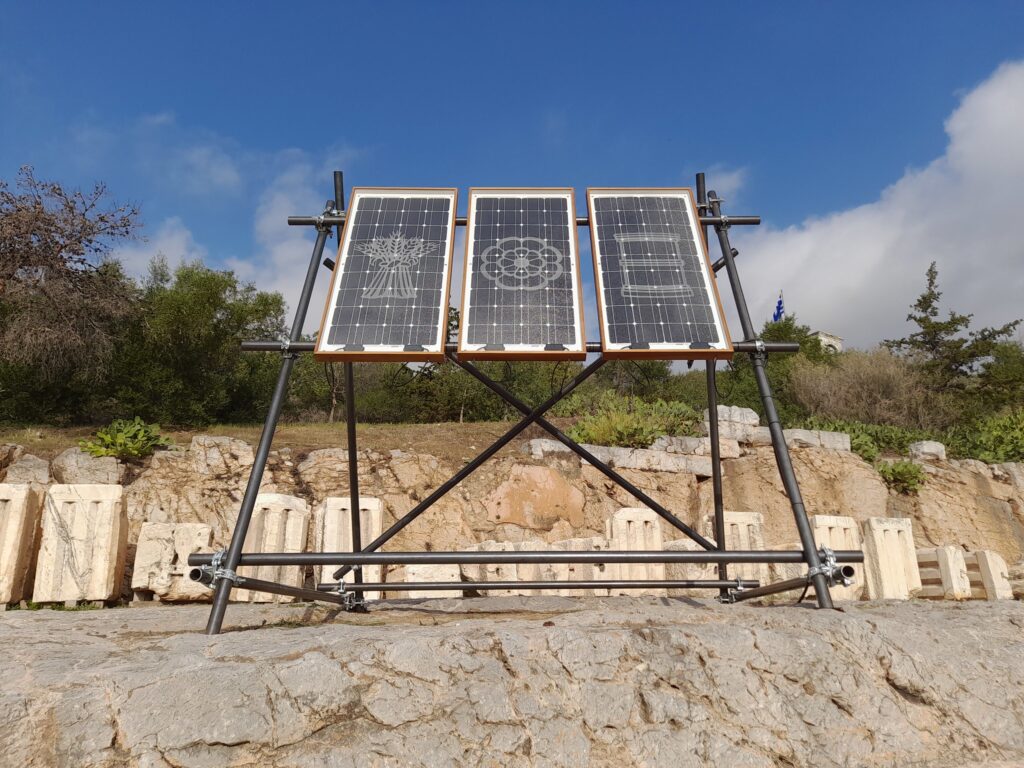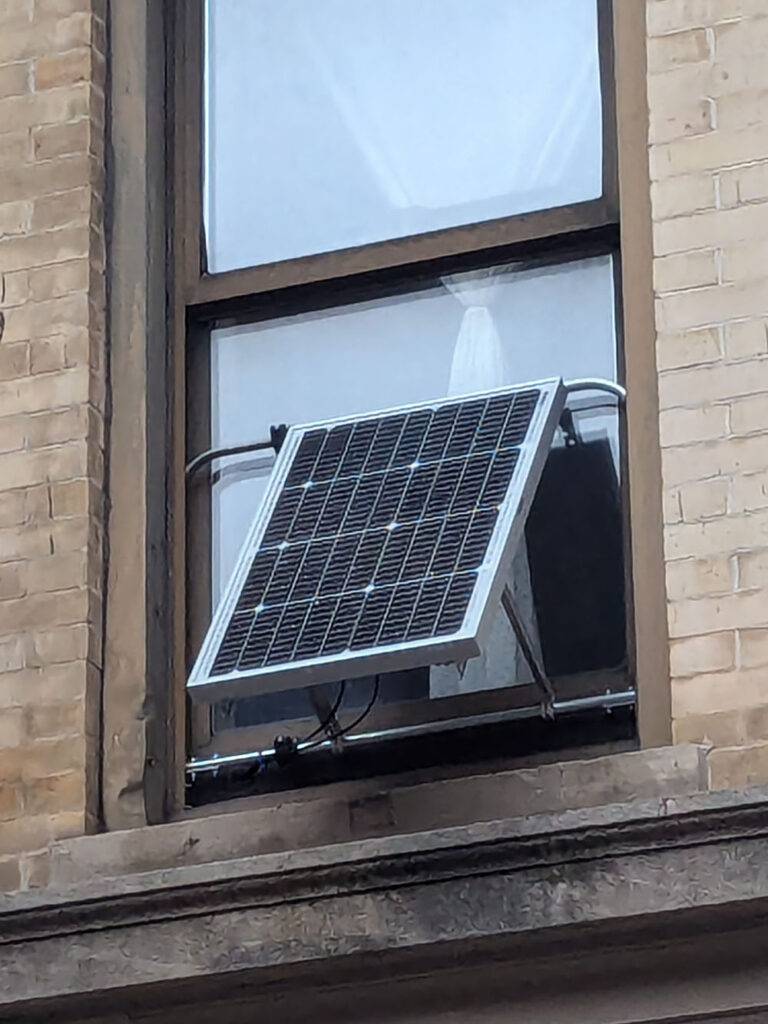“Australia has so much solar that it’s offering everyone free electricity”
This is not the gift of a government. This is the gift of the sun. And it has some really interesting implications… #actuallyexistingsolarpunk
Solar tech is falling in price so fast that in many and increasing numbers of places we can have this kind of “free energy”. It’s hard to get your head around at first, but once those electrons are moving they really are “free” in the best sense, and you might as well use them for something (including storage for later, yes).
Ben Jones wrote about this as “the magic lump of possibility” – the period of negative pricing when the sun is shining, when you can get so much done for free.

Ben pointed out in that piece that the price of solar panels is getting so low, that you can buy a panel for just twice the price of a wooden fencing sheet the same size:

In fact, this is already happening, as the FT reported last year. Once you factor in the savings on an electricity bill, it is already cheaper in the Netherlands and Germany to install solar PV panels as garden fencing, than to use wood:

This is #actuallyexistingsolarpunk: the realisation that the tools we already have to hand are far more transformative, and more ecologically beneficial in every sense, than all the speculation around novel digital technologies:
“Actually existing AI” is a phrase I use a lot, to separate reality from hype. “Actually existing solarpunk” is one I might start using. Because I genuinely believe that a general energy transition is *more possible* than general artificial intelligence, and more exciting and more equitable.
But there’s more. Firstly, there are really interesting things happening around solar, driven by and shaping this transition, which you can meaningfully participate in. For example, balcony solar. This is solar at the scale not of a rooftop, or a garden, but a small apartment.

I’ve used the microtransformers built for balcony solar installations in my solar panel artworks. This means they plug directly into the local network, without batteries or the grid, and power the gallery, institution, or site hosting them (in this case, an archeological site):

In New York, the brilliant Solar Power for Artists is creating tiny window mounts for solar panels, accessible even to those who rent:

In that post about possibility, Ben talks about massive off-grid solar for direct use as one of the features of the coming transition – but there’s another aspect, which is more relevant to the point of the gift of the sun: you don’t have to be a prepper and go off-grid, or wait for governments to do something. We can do it together. We can form our own energy communities.
Energy communities are when a group of people get together to make their own power. You invest together in a renewable energy plant – could be solar, wind, hydro, or even storage, like a battery site. It’s owned by the community, the community sells that power to the grid and gets money off their bills, and sells the excess. My friends at Hyperion Solar Community in Athens are a good example.
It’s not really about selling the excess: it’s about combating energy poverty and increasing energy democracy, while actually and actively changing the energy mix, and building community. It’s a nascent political form within the transition, and it’s #actuallyexistingsolarpunk: not just technology, but a shift in how we live. We can redistribute power.
I’m helping to start an energy community where I live. You can too. We all can. I don’t think solar panels will magically save us: I do think that the more of us actively engaged in the transition has benefits for the planet and our communities which will help us face an uncertain future. This is one way to do it.
Comments are closed. Feel free to email if you have something to say, or leave a trackback from your own site.